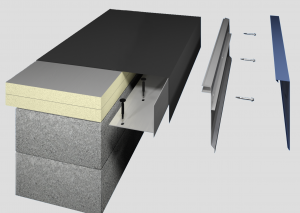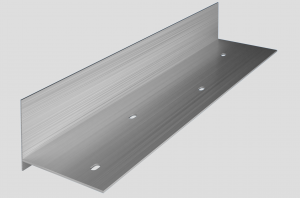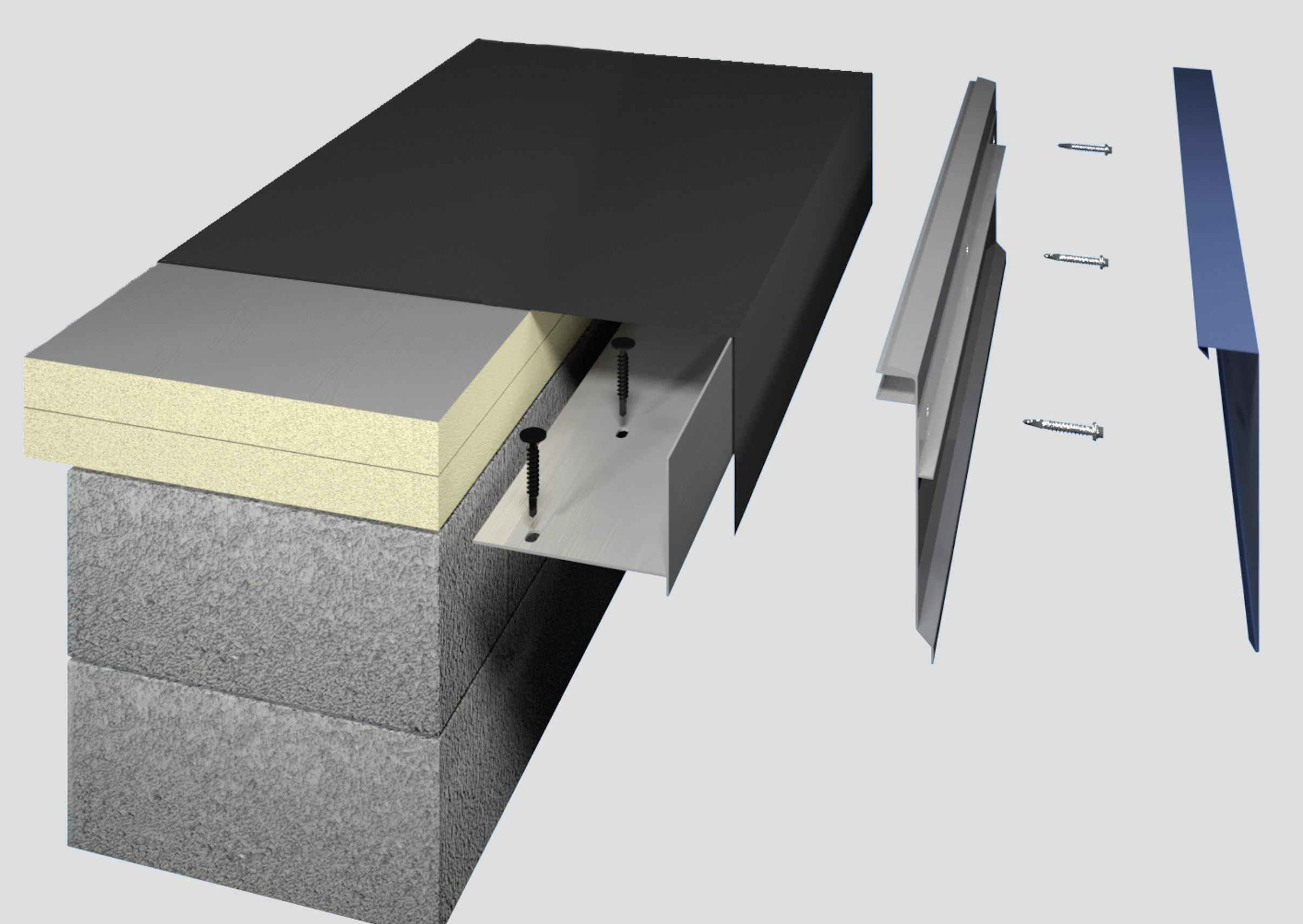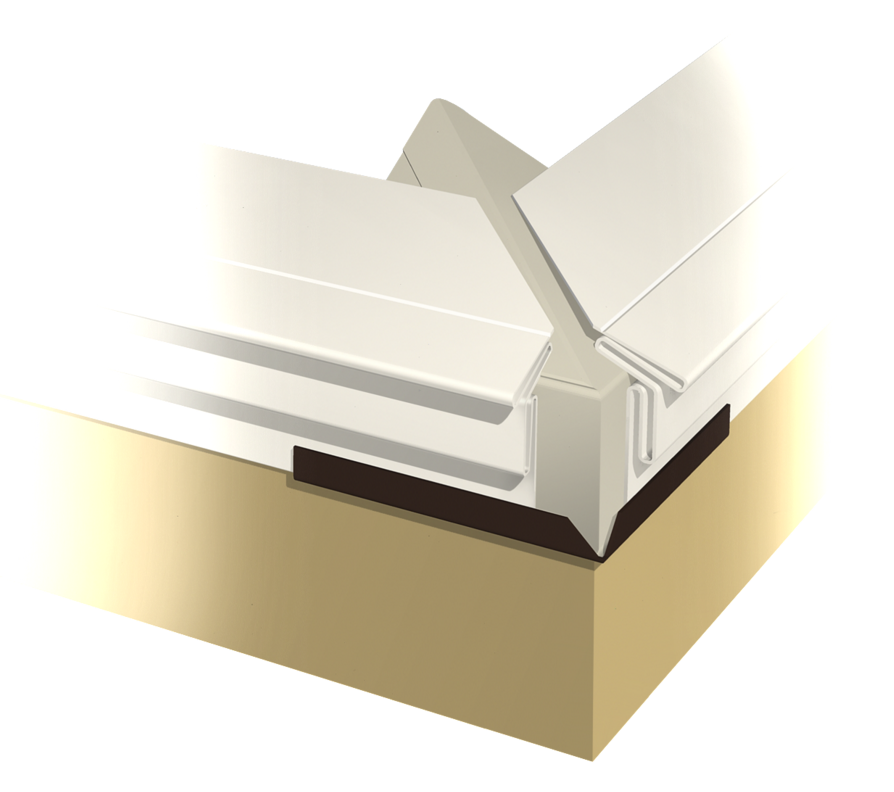 Metal-Era releases the Eliminailer-T, a heavy gauge aluminum extrusion that gets installed directly onto the building substrate in place of wood nailers to support increased long-term structural and thermal performance at the roof edge.
Metal-Era releases the Eliminailer-T, a heavy gauge aluminum extrusion that gets installed directly onto the building substrate in place of wood nailers to support increased long-term structural and thermal performance at the roof edge.
According to the manufacturer, more than half of recorded roof failures are attributed to the roof’s perimeter. Since 1980, Metal-Era has been addressing this issue with products designed to withstand severe weather conditions and engineered to exceed the latest code requirements.
“Wood is an organic material that starts its deterioration process the minute it is cut down. Pressure treated lumber introduces chemicals that can be corrosive. It’s a decision between a lesser of two risks,” said Scott Kittilstad, Vice President of Engineering. “We wanted to remove wood from the equation and provide an alternative that could perform and protect as well as our lineup of high performance roof edge products.”
Eliminailer-T is tested and meets requirements for FM 1-49. According to the manufacturer, an independent ANSI/SPRIK/FM 4435/ES-1 test at FM resulted in Eliminailer-T being able to withstand greater than 999 PSF at the corner region. As a result, Metal-Era supports Eliminailer-T with a 215 MPH Wind Warranty. The product can be installed installing up to 60 percent quicker than wood nailers, the manufacturer notes, and it also provides thermal benefits to the building that contribute to an improved system R-Value at the edge, up to 35 percent greater.
The product is currently available in four sizes to meet the majority of re-roof and new construction projects and can be shipped next day. Additional sizes are in development to further fulfill building requirements and an even broader scope of application scenarios, planned to be available in the coming months.
For more information, visit www.metalera.com.





Be the first to comment on "Roof Edge Solution Offers Long-Term Structural and Thermal Performance"